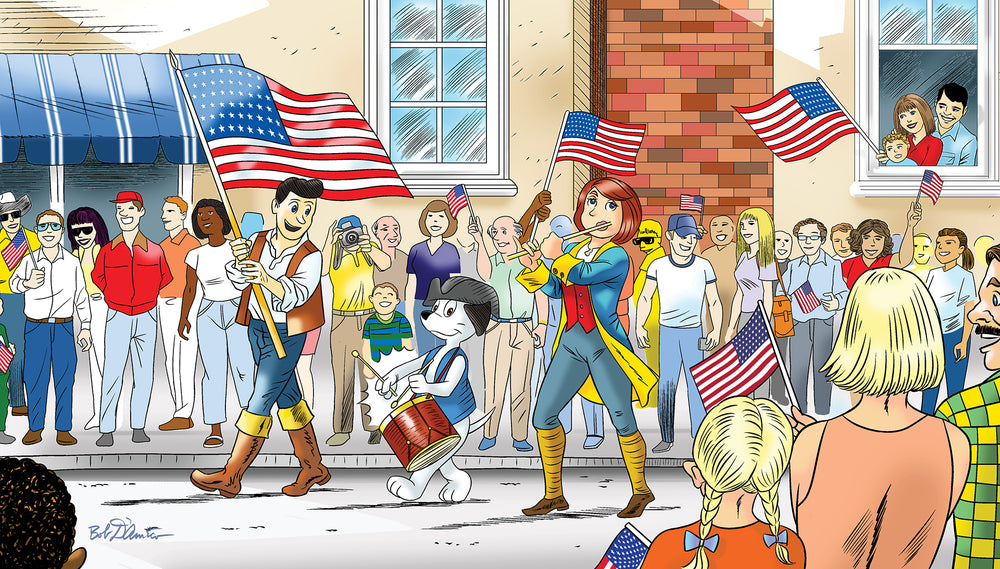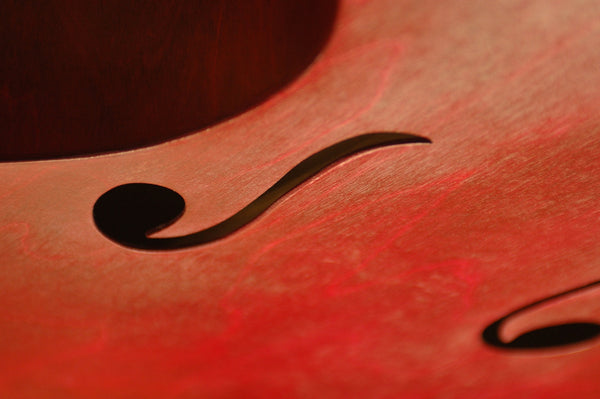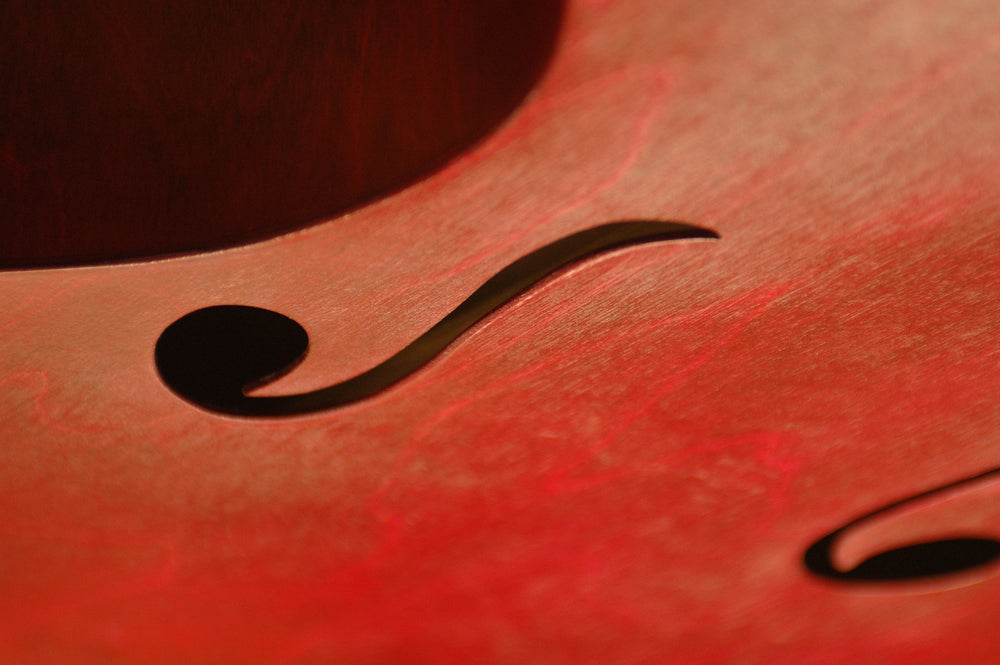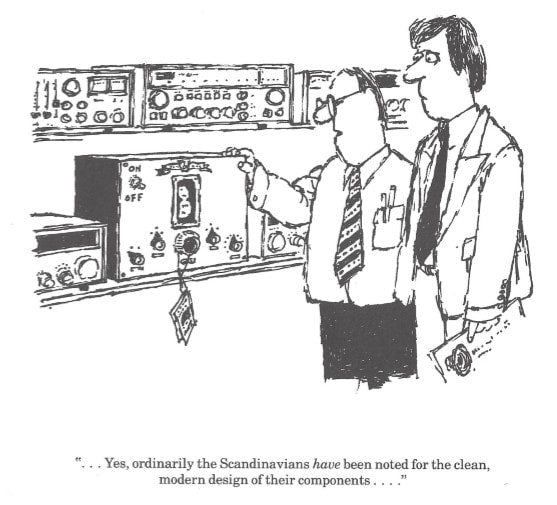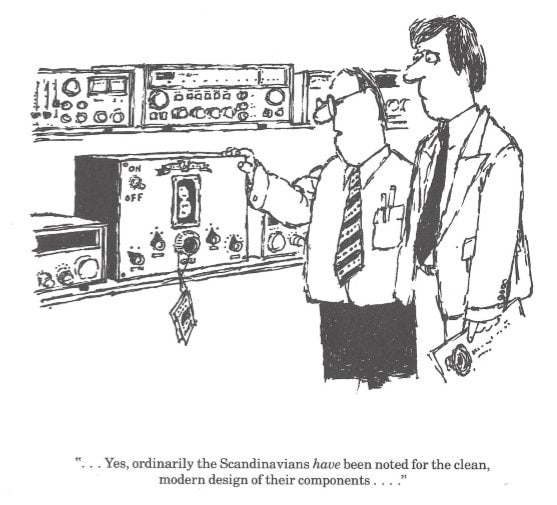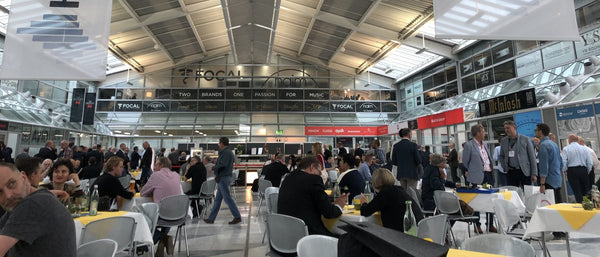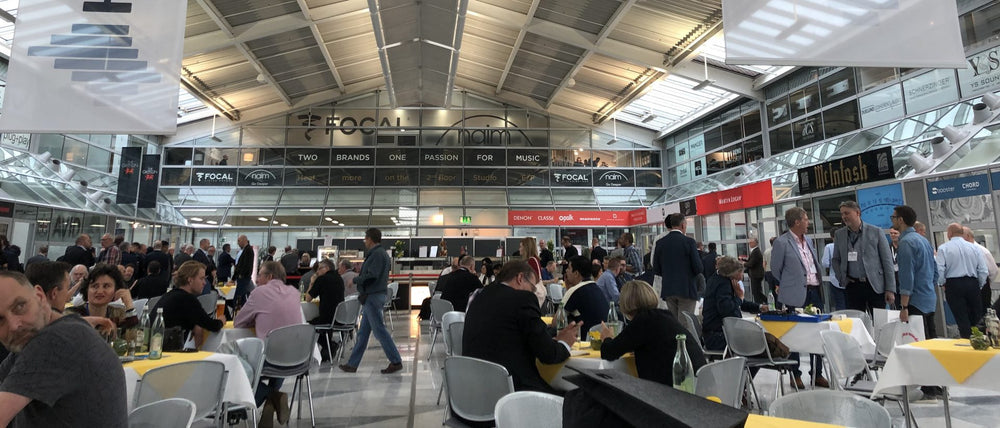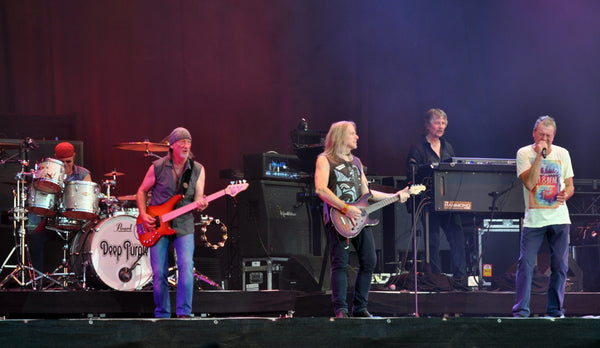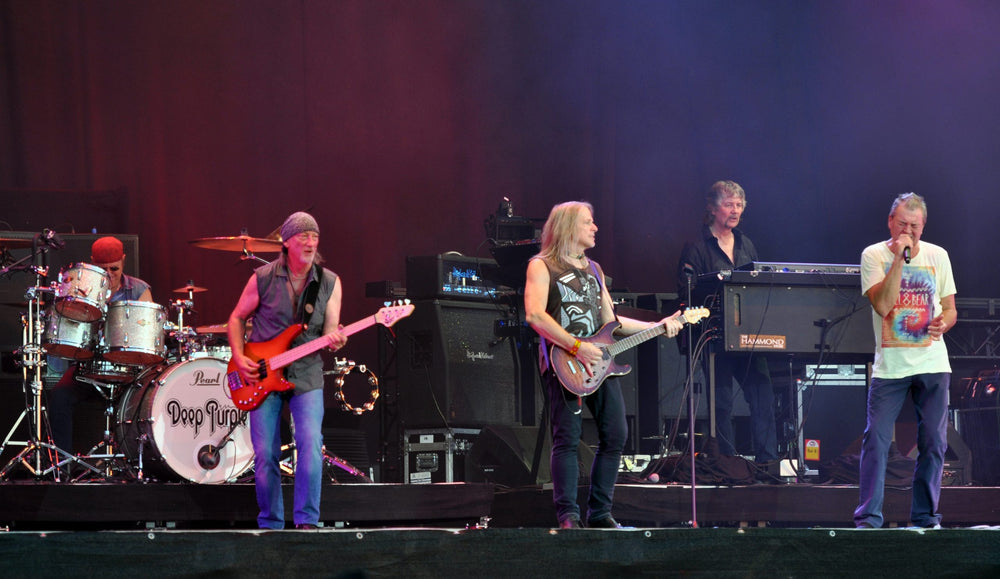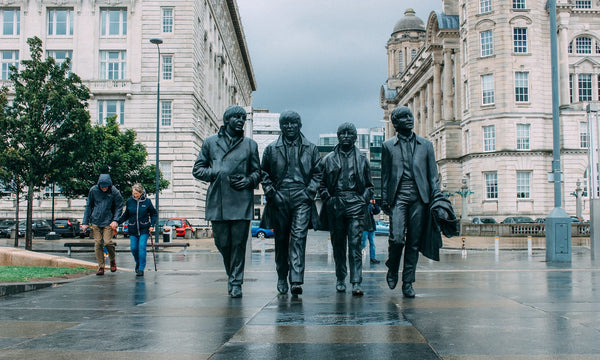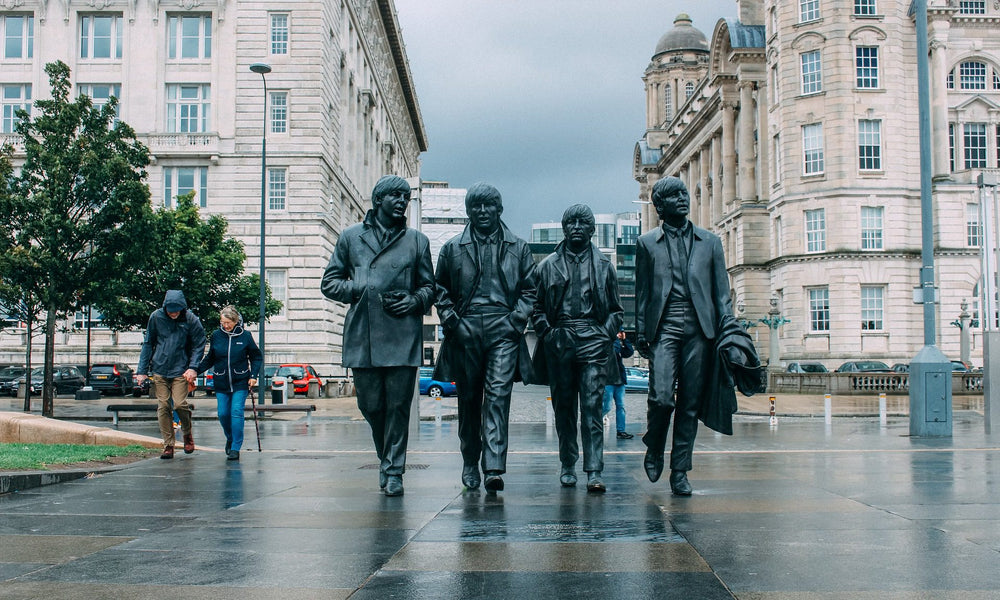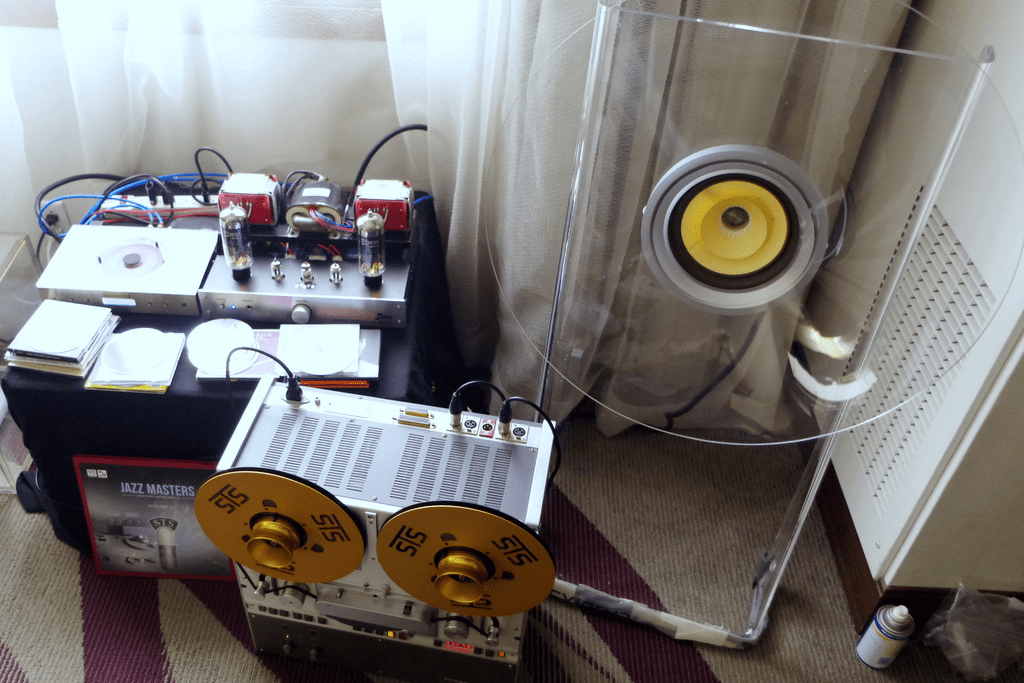First appeared in Goldmine Magazine, edited for Copper.
I recently spent 24 hours in Liverpool with my daughter Samantha on a dad/daughter Beatles visit.
I had been to Liverpool several times while Twisted Sister was touring, but never stayed longer than the time it took to arrive, play, and leave.
I have wanted to do a “Beatles Tour” ever since the name Liverpool came into my consciousness in 1964.
The plan last summer was for me and my daughter to stay at the Hard Days Night Hotel, go to the long-established Beatles museum, visit the rebuilt Cavern Club, and take the Magical Mystery bus tour to all the houses (including Brian Epstein’s) which also covered:
Penny Lane, Strawberry Fields, the graveyard of Eleanor Rigby, and “the church where her wedding had been”.
I wanted to finish this off at the Casbah Coffee Club, located in the basement of Mona Best’s (Pete Best’s mom’s house where the Beatles got their start), but time started to catch up with us so we didn’t get there.
You know, all the standard stuff that one would do on this adventure.
Apparently, over the last 5 years or so, Matthew Street (home of the Cavern and the Hard Days Night Hotel) has been transformed from its past seedy self to an almost Universal Orlando looking theme park for Beatles fans.
There is a Rubber Soul Bar as well as a Sgt. Pepper restaurant on Matthew Street now. It’s all actually a bit too much kitsch!
Liverpool itself, at least in the heart of the commercial district where Matthew street is located, is high energy and full of new businesses and buildings. This was not the dark, depressing Liverpool that I had always read about.
This was a town on fire!
New condos dot the Merseyside along with a huge bustling mall in the center of town. A newly installed, larger than life-size bronze Beatles statue at the ferry port (if you have the cover of the Beatles Live at the BBC, it’s that era).
This was also the warmest summer on record. All of these combined to give Liverpool the feel of a mini London, and not the Liverpool broadcast around the world at the beginning of Beatlemania.
It also appears that Liverpool is financially sustained by three very thriving businesses: a major shipping port, the Liverpool football club, and all things Beatles related (and I do mean all!).
Liverpool is so hot that the world famous Terracotta Army Warriors Exhibition from China was also on display at the Liverpool museum when we were there.
We were just about done seeing everything and heading for one last look at The Cavern, which is still on Matthew Street but down the block from the original location that is now marked by a statue of singer Cilla Black.
As I looked up the street, I saw a sign proclaiming the Magical History Museum with Beatles paintings in the windows and the names of Pete, John, George, Ringo, Paul, and Stuart on the front.
Wait a minute…This is not part of the Beatles museum located about a mile from Matthew Street.
What is this?
Well, what it was is a museum now called The Magical Beatles Museum and bills itself as “The World’s Only Authentic Beatles Museum.” It is the brainchild of Roag Best, half-brother of the first Beatles drummer, Pete Best, who was fired from the band.
For those who need a quick history, the Beatles first tour manager, Neil Aspinall, at the age of 19, started a relationship with Pete Best’s mom, Mona Best, while the Beatles were playing their first shows in the basement of Pete’s moms house in a club she called the Casbah Coffee Club. It did not serve alcohol hence the “Coffee Club” description.
That relationship led to the 1962 birth of a son, Vincent (Roag) Best. The relationship between Neil & Mona, so often incorrectly described as almost nothing more than a one-night stand, actually lasted 8 years.
Roag grew up with his dad Neil as first the Beatles driver, then tour manager, then CEO of Apple Corp., and eventually the manager of the business of the Beatles until he resigned in 2007 due to health issues. Neil died in 2008.
Roag Best has now, in my mind, entered the universe of world-famous offspring that have emerged, in their own right and in various musical realms, from the Beatles universe.
That world is occupied by Julian & Sean Lennon, Stella & James McCartney, Zak Starkey, and Dhani Harrison.
Stella, of course in terms of sheer dollars and influence, may be the most famous of all the “next generation”.
Roag perhaps is the least known (until now).
Although Roag is not a child of one of the Fabs, he is both the half-brother of the original Beatles drummer, as well as the son of their longest running associate, Neil Aspinall. Aspinall went on to manage the band and was one of the only people in the world who had the confidence of John, Paul, George, and Ringo, as well as their wives and family members.
This is about as close as it gets and, because of the unique position he found himself in, was the beneficiary of much of Beatles related memorabilia given to him by his dad, as well as items from the band’s very beginnings at the Casbah Club that are considered historically significant.
I was given a tour of this amazing museum by museum manager Paul Parry. This was totally an unexpected bonus to our trip and I wanted to take photos, however, Paul explained that it wasn’t totally ready but that he could help arrange an interview with Roag to talk about the story behind the museum and what makes it so special.
Here is my interview:
Jay Jay French: How did the idea of the museum come about?
Roag Best: My dad would come back from various tours and film sets and bring items from them home. I began collecting and storing them. The collection eventually became massive. Over the years my wife wanted me to get it all out of the house. At first there was one locker, then a second locker, then a third until I had so much stuff that I couldn’t store it all. A mate of mine asked me one night over dinner “What do you really want to do?” Of all the things that I had listed, the museum idea stood out and he said “You must do that!”
JJF: Then what?
RB: And so began a search for a building. Over a 10-year period I came close 3 times but each time, it seemed at the last minute, I got “gazumped” (This is British slang for losing a real estate sale at the last possible minute).
I wanted the location on Matthew street (the location of the legendary Cavern Club and the Hard Days Night Hotel, but this seemed impossible as Matthew street is one of the most sought after addresses in Liverpool, and of course nothing was available.
Just when I thought all hope was lost (literally 30 minutes from my most recent failed attempt), I was walking across Matthew Street and bumped into an old mate who told me that a building on Matthew Street had been offered to him but that he turned it down. I told him what I wanted to do and he made the introduction to the seller. I made a handshake deal that I would buy it and that the seller would keep any word of the availability of the building secret. (Both parties kept their word). I couldn’t believe my luck!
JJF: Do you have partners?
RB: Yes, five.
JJF: Are you the sole creative force?
RB: Yes.
JJF: What makes your museum stand out, especially against the other Beatles museum in town?
RB: Three words: Authenticity, Unique, Original
JJF: How so?
RB: Everything there is real and authentic, from the musical instruments, to the letters sent and received by the band, to the items from album covers like Sgt. Pepper. The other museum has mostly recreations and/or stuff seen before. Of the 30 or so original items they have, half of them are mine. We have 300 original items on display with an additional 1,200 in storage. This allows us the freedom to change the exhibit, which we will do every year to keep it fresh and give you a reason to return!
JJF: Tell me about the layout.
RB: There are three floors. The first floor is Beatles 1959-1962. This has mostly a black and white motif because most photos in that era were black & white. (Not because Pete Best, Roag’s half-brother, was fired in 1962)
The second floor covers the period of 1963-1966.
The third floor covers the period 1967-1970.
This allows for themes relating to each era to be focused on.
JJF: Is this an official Beatles Museum?
RB: Not an official Beatles museum, but I did get approval from Apple. Believe me, if Apple doesn’t want something to happen, it doesn’t happen! I got their blessing.
JJF: So, Apple does not receive royalties?
RB: No.
JJF: Has Paul, Ringo, or any other Beatles family member visited the museum yet?
RB: No.
JJF: Roag, as a lifelong Beatles fan I was blown away at the collection. There is real depth in this. I learned nothing at the other museum that most casual fans didn’t already know. Not that there is anything wrong with that, but to a real fan, you deliver something very special.
RB: We wanted to give real Beatles fans a really special, authentic, unique, and original experience.
JJF: Are you still finding new stuff to display?
RB: We just got never before seen film footage that we will be projecting soon. I don’t want to give away too much, but it’s amazing!
JJF: Do you have a target annual admissions number that you are hoping to reach?
RB: About 300,000 visitors annually. We are on target!
JJF: Roag, in closing, what would you say would be the perfect 1-day Beatles experience when you come to Liverpool?
RB: First go to the Casbah club (the most visited of all Beatle sites), then come to our museum (The Magical Beatles Museum), and end the day with a visit to the Cavern Club across the street to listen to some good music and have yourself a drink.
JJF: Thank you Roag.
RB: See you in Liverpool on your next visit, Jay Jay!


